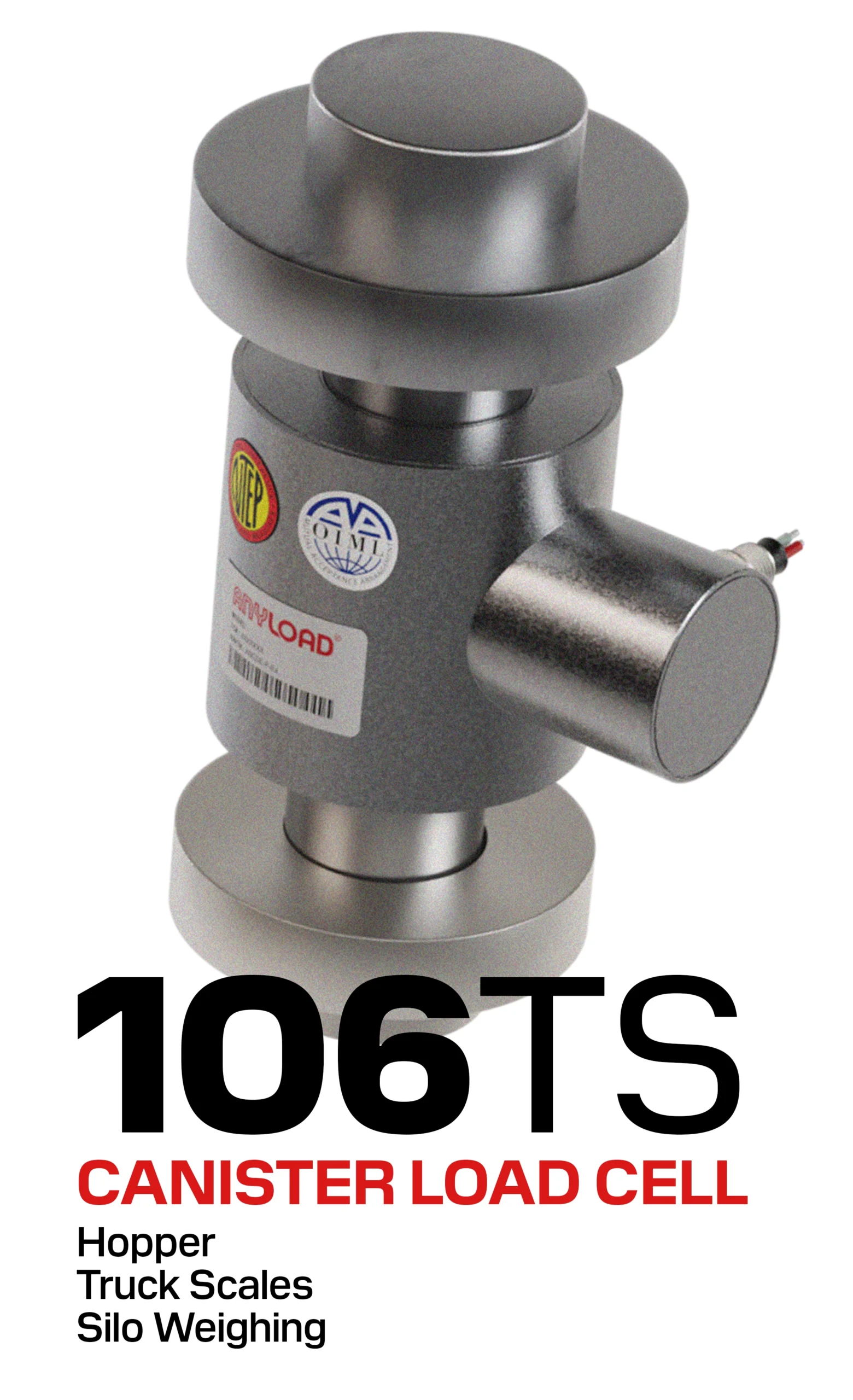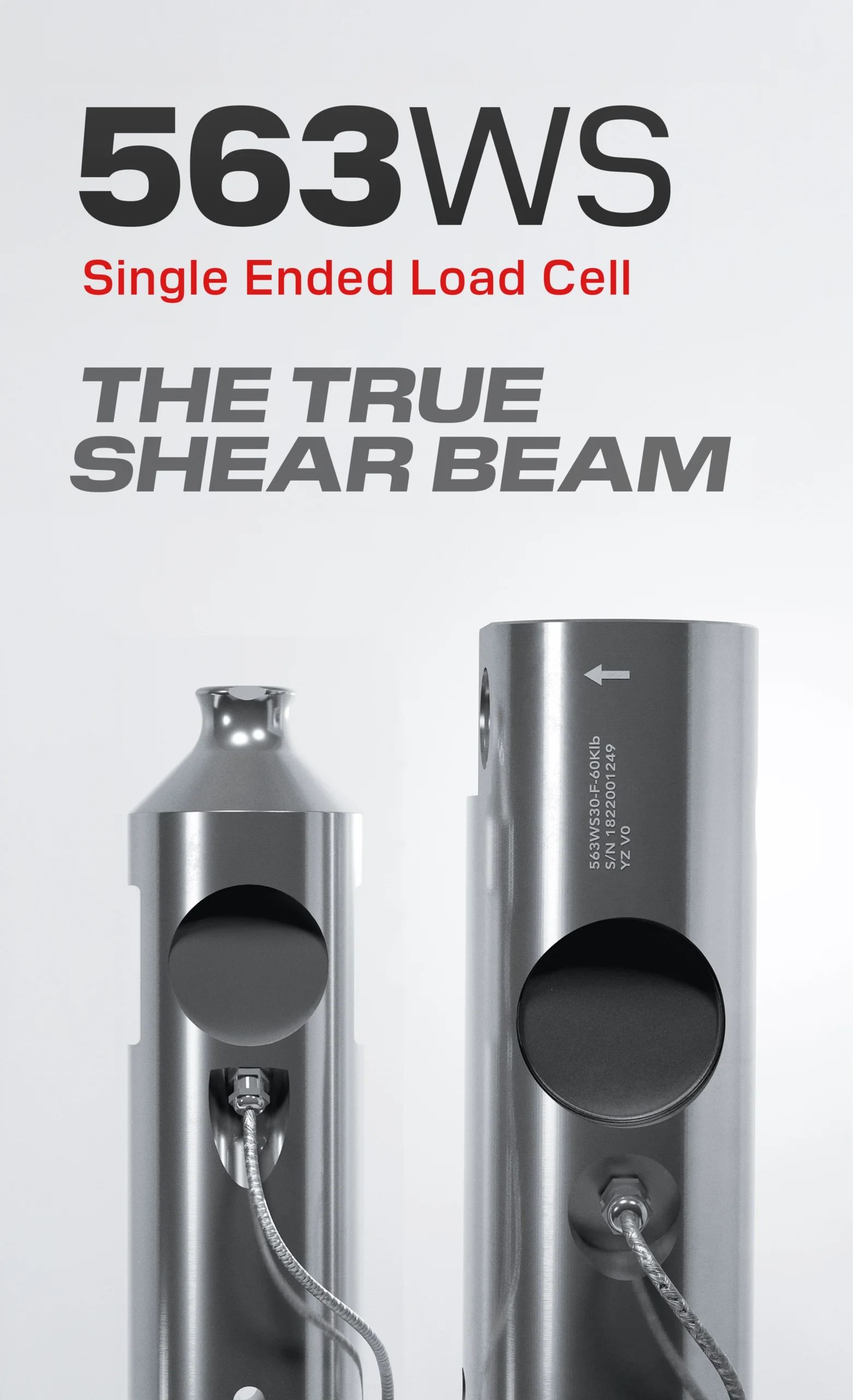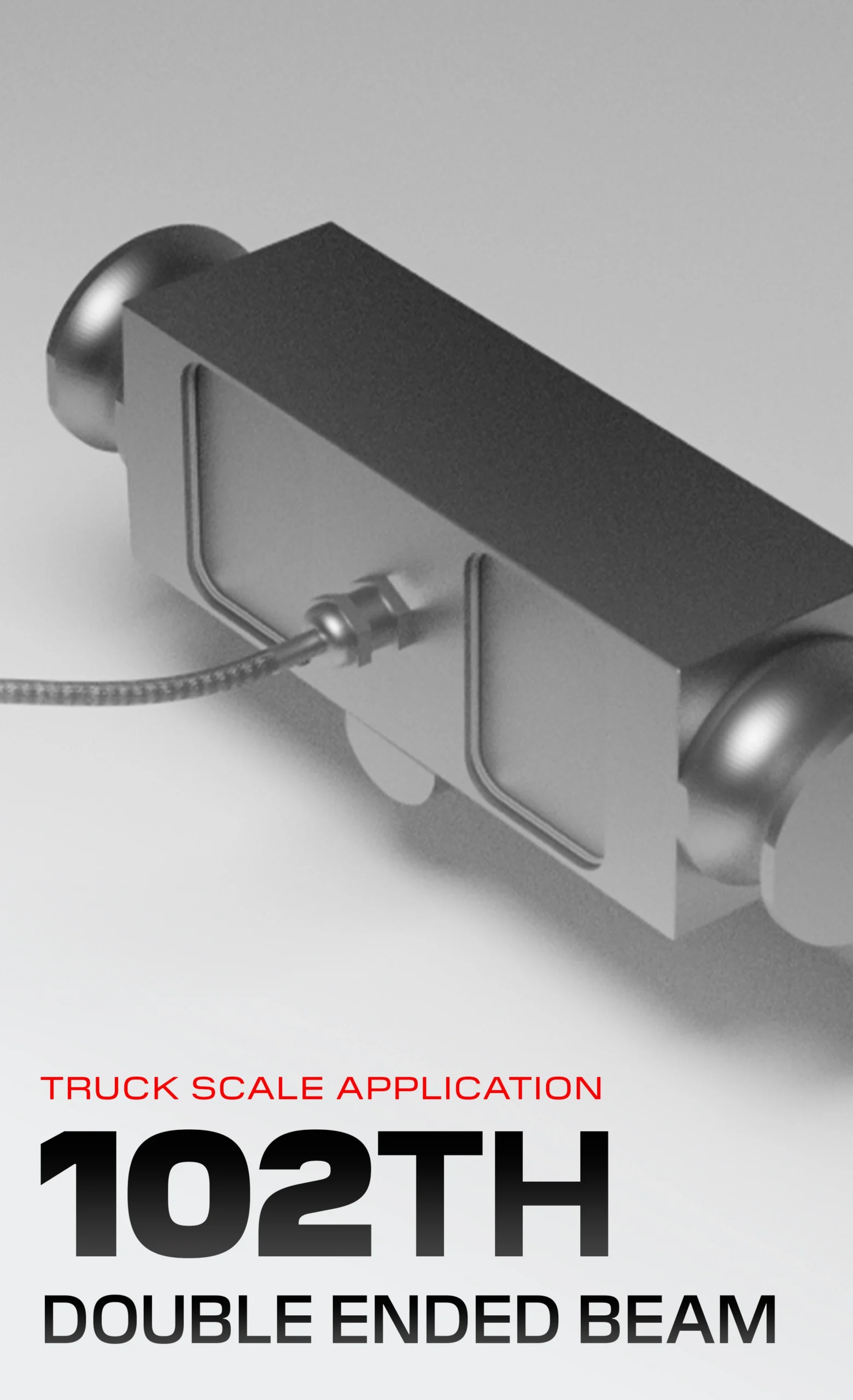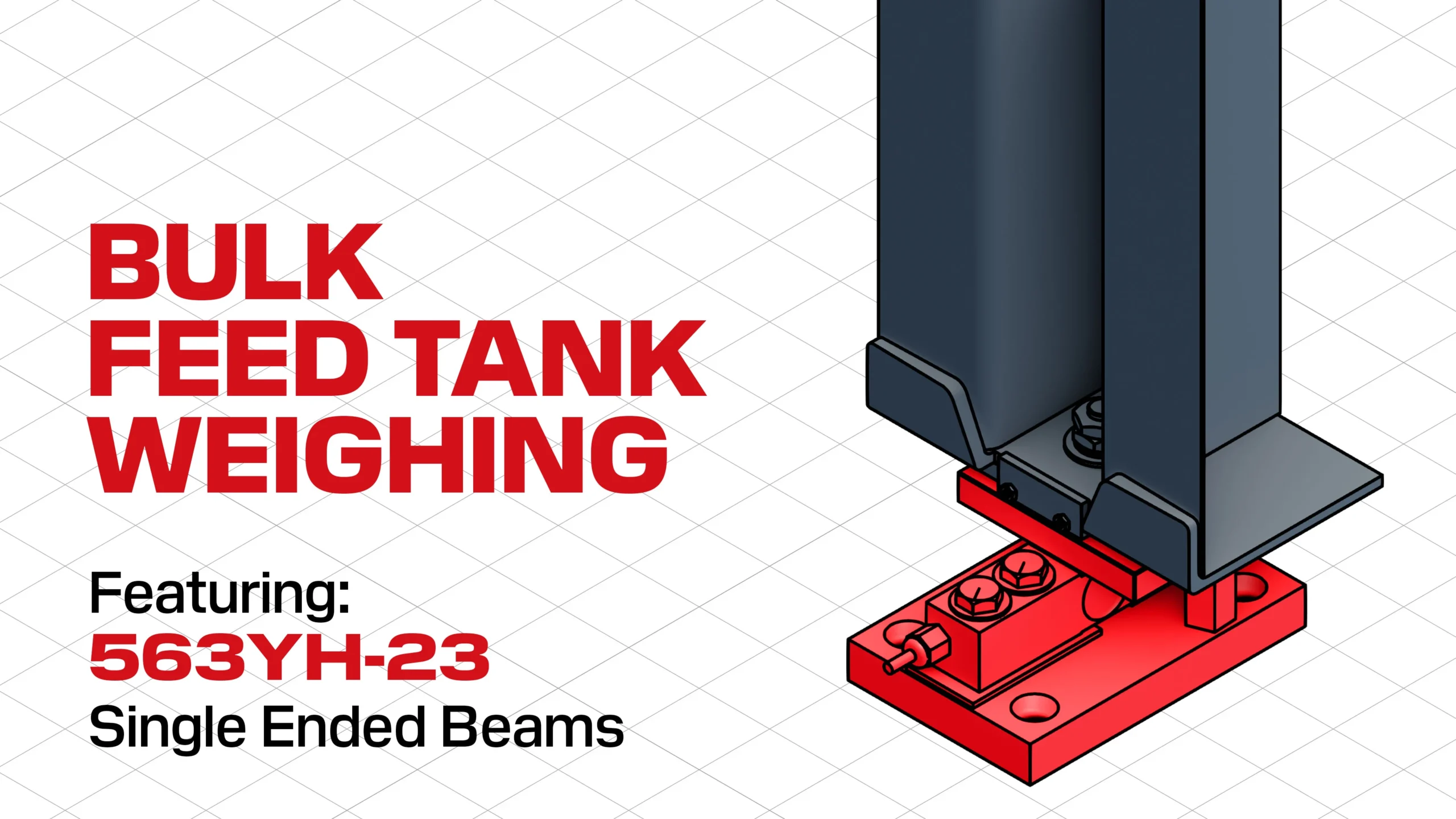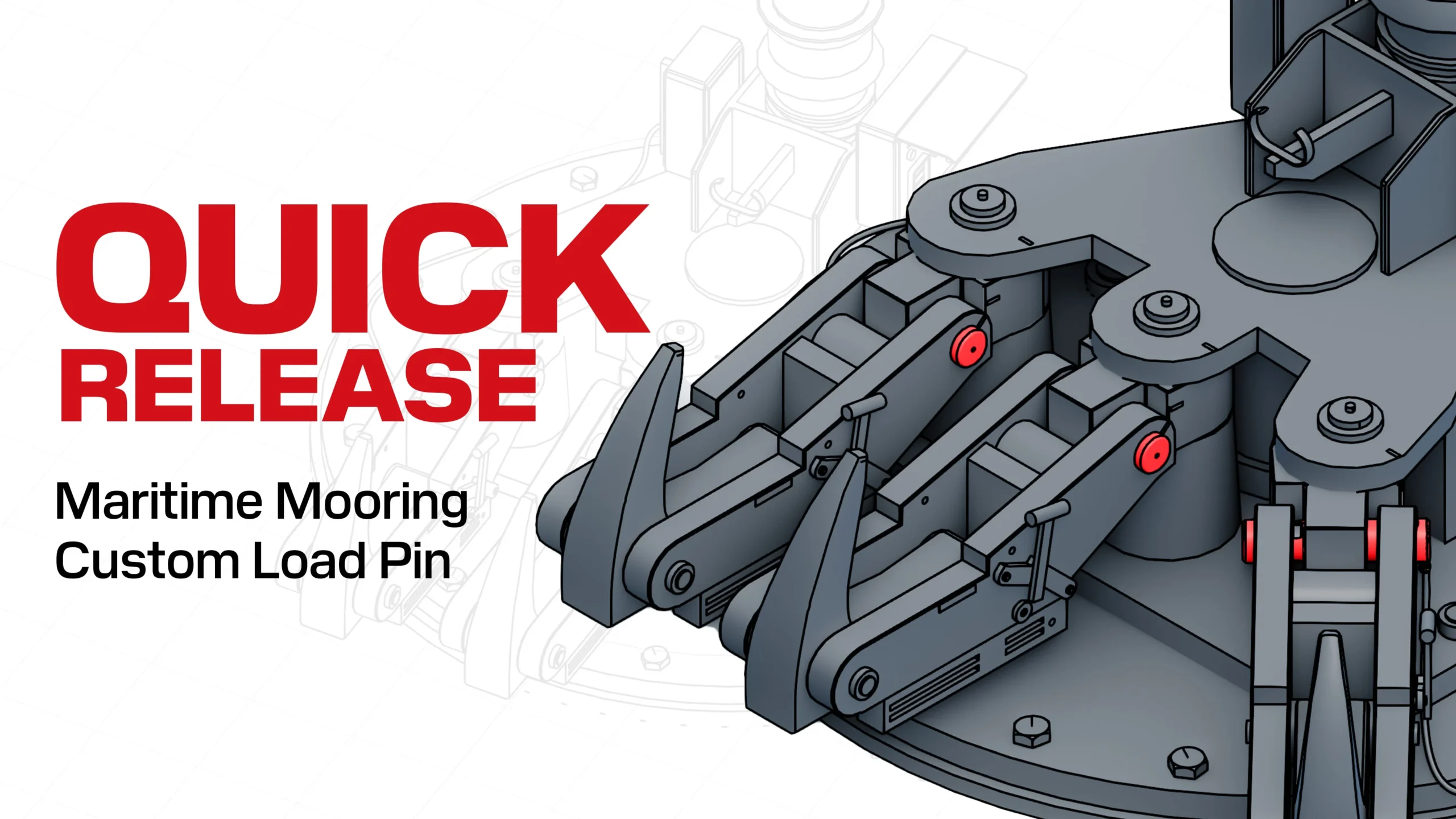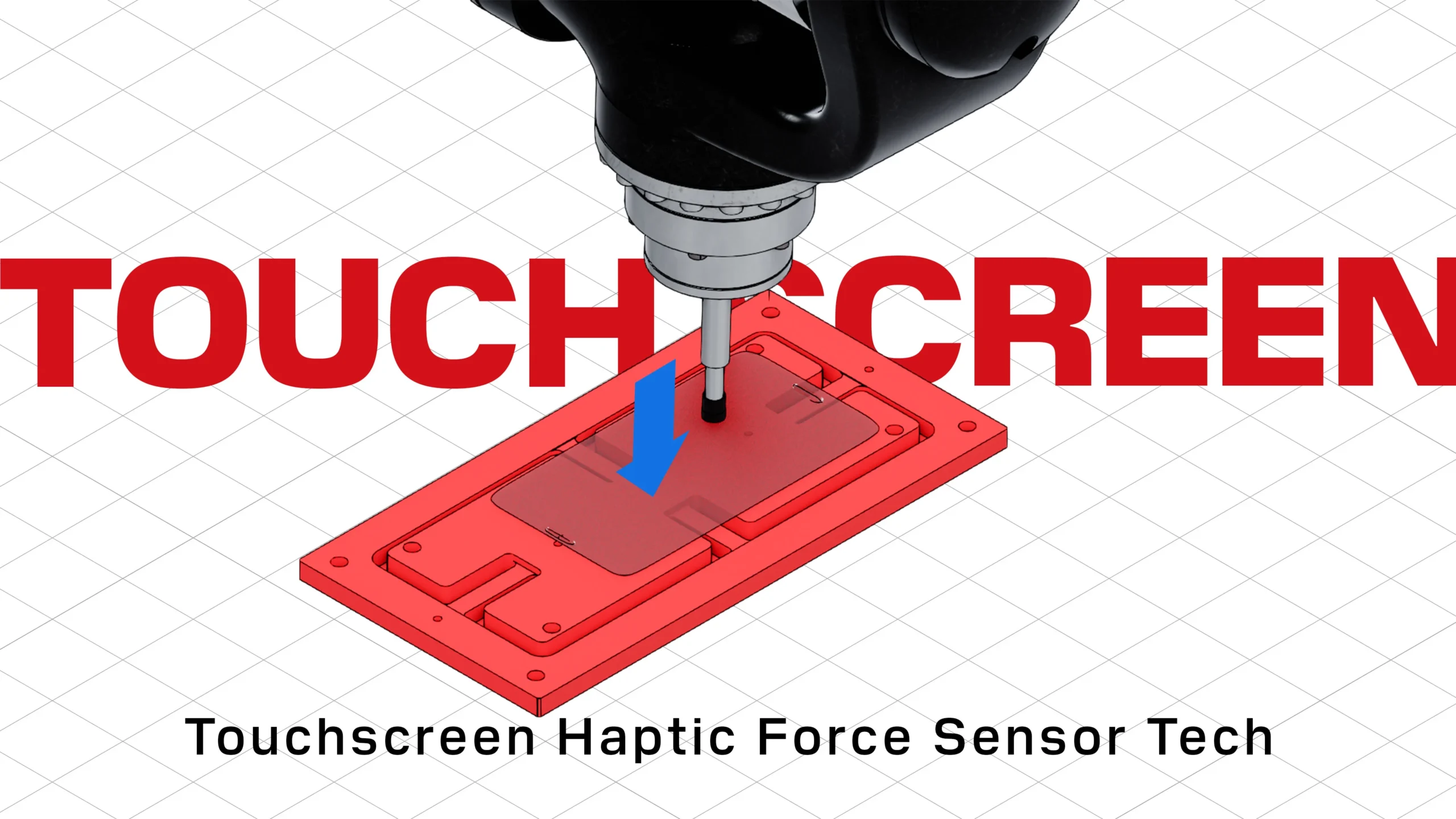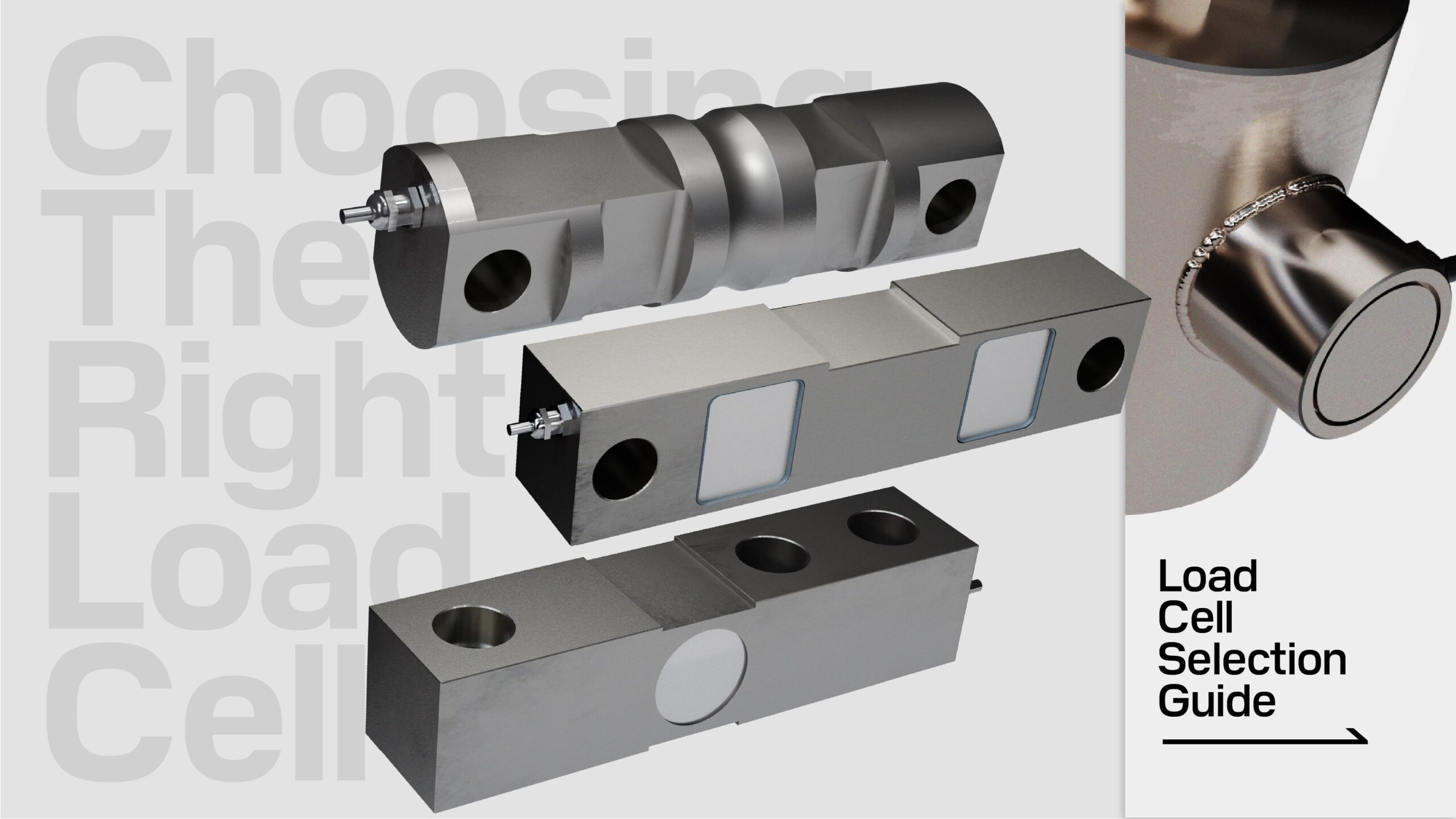표시기 문제 해결
Last Updated On April 2 - 10분 읽기
소개 to Troubleshooting Indicators
Troubleshooting indicators in weighing systems is a crucial skill for ensuring the accuracy and reliability of measurements. Whether facing issues with display errors, signal inconsistencies, or power disruptions, understanding how to diagnose and resolve these problems can significantly minimize downtime and maintain operational efficiency. This guide provides step-by-step instructions for identifying common issues with weighing system indicators, tailored for technicians, maintenance personnel, and end-users seeking practical solutions.
⚠︎ WARNING:
Servicing or troubleshooting indicators in weighing systems requires a high level of caution, particularly due to their integration with electrical components and often complex control systems. Indicators not only operate at low voltages but also serve as critical interfaces for broader system controls, where improper handling can lead to significant safety risks, including electrical shock, system malfunctions, and personal injury.
ONLY QUALIFIED PERSONNEL with a thorough understanding of electrical systems and safety protocols should engage in the maintenance or troubleshooting of operational indicator systems.
If the weighing system is legal-for-trade or otherwise sealed by tamper stickers or wire seals, breaching these seals could necessitate re-certification by an accredited professional. DO NOT tamper with any sealed systems. The sealing should contain contact information for a service provider, or the certification body that has a record of this information.
1. Getting Started with Troubleshooting Indicators
Before initiating any service work, it is essential to disconnect the power supply to the indicator and ensure the entire system is safely isolated to prevent accidental activation. Use of insulated tools and appropriate protective gear is mandatory to avoid unintended contact with live electrical components. Adherence to the safety guidelines specified by the indicator manufacturer, the specific on-site safety procedures, along with standard electrical safety practices, is non-negotiable.
Do NOT attempt to perform in-depth troubleshooting unless appropriately qualified and authorized. ANYLOAD can help to connect users of any types of indicator with a local scale service provider who can provide on-site support.
2. Basics of Troubleshooting Weighing Indicators
Diagnosing the root cause of issues in a weighing system requires a systematic approach to determine whether the problem lies with the scale structure, the instrumentation, or the load cells themselves.
The following is basic guide to help narrow down the issue to a specific component of a weighing system:
- Initial Assessment:
- 디스플레이 확인: Look for any irregularities on the display, such as flickering, incomplete digits, or unresponsiveness, which may indicate an instrumentation issue.
Note any moisture condensation on the inside of the screen. - 전원 공급 장치: 계측기가 안정적인 전원 공급을 받고 있는지 확인하고 연결이 느슨하거나 손상되었는지 확인합니다.
- 키패드 확인: 계측기 터치 인터페이스가 완전히 작동하고 키패드, 버튼 및 기타 스위치에 대한 입력이 시스템에 올바르게 등록되었는지 확인합니다.
- Peripherals Check: If the indicator is connected to peripheral devices such as printers, remote displays, or data logging systems, temporarily disconnect these to determine if they are the source of the issue.
- 디스플레이 확인: Look for any irregularities on the display, such as flickering, incomplete digits, or unresponsiveness, which may indicate an instrumentation issue.
- Review Documentation:
- Maintenance Records: Review the system’s maintenance logs and calibration records. Previous entries can highlight recurring issues or maintenance patterns.
- Error Codes: Most indicators typically have a list of error codes that indicate the likely cause of the issue, at least as detected by the indicator. Locate the corresponding error code which should help to narrow down the issue.
- Troubleshooting Section: Most advanced indicator manuals typically provide a troubleshooting section for common problems. Follow these guidelines closely for a methodical approach.
- Consult a Professional:
- Contact Service Provider: The initial point of contact should be the original vendor or a local scale service provider. These experts are equipped to offer comprehensive support, addressing complex issues that might be beyond basic troubleshooting.
- Contact the Manufacturer: While reaching out to the manufacturer can provide valuable insights, they often recommend that end-users seek assistance through their network of authorized dealers and service providers. This ensures specialized support tailored to the specific system and issue.
계량 시스템의 각 구성 요소를 체계적으로 검사하면 문제의 원인을 파악하는 데 도움이 될 수 있습니다. 문제가 쉽게 드러나지 않거나 시스템에 재교정 또는 수리가 필요한 경우 전문가와 상담할 것을 적극 권장합니다. 당사의 글로벌 딜러 네트워크는 문제 해결 및 수리부터 교정 및 인증에 이르기까지 전문적인 지원을 제공하여 계량 시스템이 정확하고 안정적으로 작동할 수 있도록 보장합니다.
3. Instrumentation Tests & FAQ:
Power Supply Test:
목적:
There are multiple connection points that can become compromised or damaged, which is a frequent source of weighing system failures. Checking the power at each connection point can help pinpoint the issue. If the instrument is showing an ‘ADC error’ or otherwise indicating an inability to derive any signal output from the load cell or junction box, perform this test.
지침:
- Measure the excitation voltage at the instrument to ensure 5-15VDC
- Measure the excitation voltage at the junction box (summing card) to ensure 5-15VDC.
- Measure the excitation voltage on each load cell to ensure 5-15VDC.
Result: If any of these checks fail, power is not reaching the load cell. Check connections points and cable integrity.
Readings Are Unstable
If the readings on the indicator are unstable, consider checking all wiring connections and ensure that they are all properly tightened to avoid any loose connections. Check the weighing system to ensure that there are no mechanical obstructions or influences to the load. Check the indicator parameter settings, such as any digital filtering that may have been enabled.
Readings Are Not Responsive
If the readings on the indicator are not responsive to changes to the load applied, check that all the load cell and junction boxes are wired correctly according to the manufacturer’s colour code. Also check the wiring to ensure that there are no loose connections.
Readings are Reversed
If the readings on the indicator are the reverse of what they should be proportional to the load applied, check that the load cell and junction box wiring wired according to load cell’s wiring colour code. Check that the (+) and (−) wires and/or the EXC and SIG wires are installed correctly.
Request Professional Assistance
위에서 설명한 기본 단계를 통해 계량 시스템의 일반적인 문제를 파악할 수 있지만, 일부 문제는 전문 계량 서비스 회사의 전문 지식과 장비가 필요할 수 있습니다. 필요한 자격 없이 복잡한 문제를 해결하려고 시도하면 가동 중단 시간이 길어지고, 추가적인 문제가 발생하며, 장비와 안전에 불필요한 위험이 발생할 수 있습니다.
저울 서비스 전문가는 문제를 효율적으로 진단하고 해결할 수 있는 전문 지식, 도구, 경험을 보유하고 있습니다. 교정 및 유지보수부터 수리 및 부품 교체까지 종합적인 서비스를 제공할 수 있습니다.
We understand the urgency of resolving scale issues promptly to avoid operational disruptions. That is why we offer a global network of qualified service providers through our “딜러 찾기” page. No matter where you are in the world, our platform can connect you with a qualified professional ready to assist with your weighing system needs.
